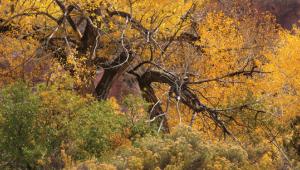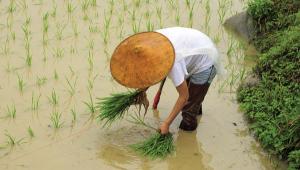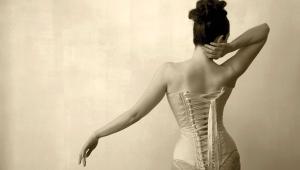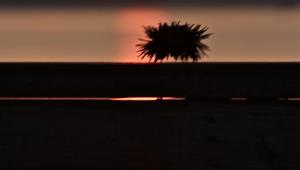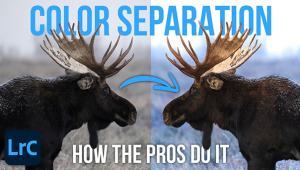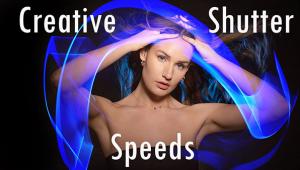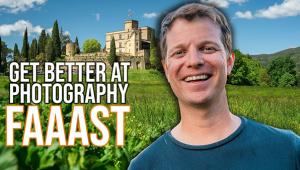Moving Images; The Photography Of Lois Greenfield
Just when I thought I'd seen her at her best, Lois Greenfield steps it up a notch and amazes me once again with her sharp eye for the body in motion. "Sharp" is the operative word here. Many photographers, myself among them, may accept a little blur in a fast-moving subject. Not Greenfield. She learned long ago that if sharpness and crisp detail are important to the client, they're important to her.
 |
|
|
Greenfield is one photographer we can all learn from. Her uncomplicated lighting
is precisely the reason she is able to capture such startling images. As in
any successful studio, the photographer does not work alone, and that is true
of Greenfield. Her creative partner, Jack Deaso, originally her first assistant,
handles the lighting, freeing Greenfield to focus on her moving images. Greenfield
has developed a style all her own and Deaso knows how to set up the lights to
fit that style.
Defining herself as both fine art and commercial photographer, Greenfield's
style of photography, technique, and tools have evolved over the years. Originally
film-based, she now shoots digital with a Hasselblad and Leaf digital back,
capturing dancers, acrobats, and gymnasts in fluidly rhythmic moments. She lets
her subjects improvise within the framework of her direction. Experience has
taught her when to direct and when to let go. Her direction is aimed not only
at capturing what she sees as a peak moment in her subject's movements
but equally at a defining moment involving how the lighting embraces her subject.
"I feed off their improvisation and then direct the performers so we get
something that is magical or mysterious and evocative."
 |
|
|
Sculpting With Light
Greenfield is focused on lighting for form and three-dimensionality, using what
she calls "sculptural" lighting. "I want the sensation that
there is a single light source, similar to the effect we see in classical paintings,
with shadows and a little bit of falloff, as opposed to lighting the set evenly.
I want the lighting to imbue the shot with drama." She adds: "We
like to keep a fair amount of distance between the subject and the background.
Personally, I don't like the edges (on the subject) burned out. I like
some delineation of the body's form against the backdrop, which becomes
part of the sculptural quality."
With dancers, she achieves this effect simply by the judicious position of her
key (main) light and timing the shot so it revolves around the dancer's
movements relative to the light and the sculptural lighting quality she's
after. As they move around on a stage, the lighting seems to morph as it strikes
the performers. "If the dancers are just a few feet away from the light
it makes an enormous difference in the overall lighting and mood."
In Greenfield's studio, the key light is placed at a 3/4 angle relative
to the subject from the front, routinely to the left of camera. It's also
important for the light to gain some distance from the subject, being positioned
about 10 ft away or more. That gives a dancer room to move. And while the lighting
scheme may appear formulaic, it is more than that. The dancer may be facing
the light, or just as often facing away from it. We may actually find Greenfield
using light so that it primarily rim lights the dancer, even when that performer
is seemingly suspended several feet above ground.
 |
|
|
- Log in or register to post comments




